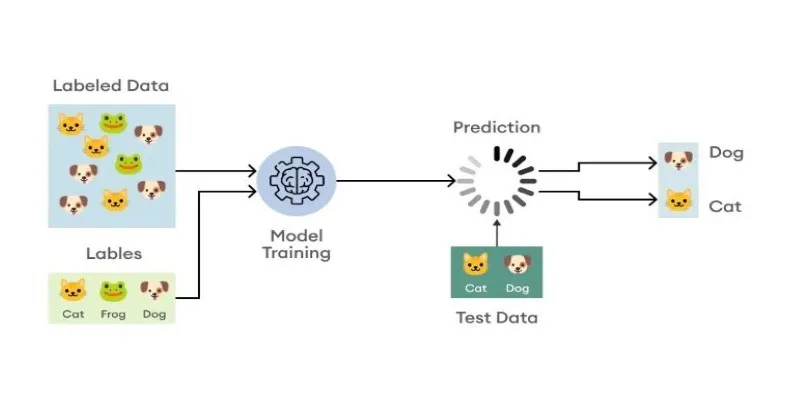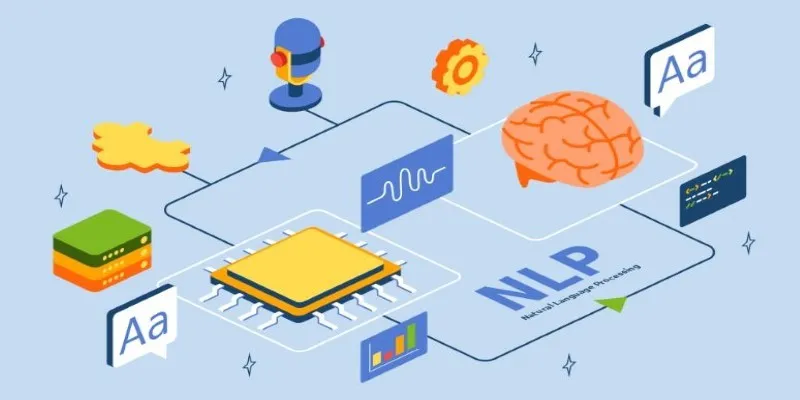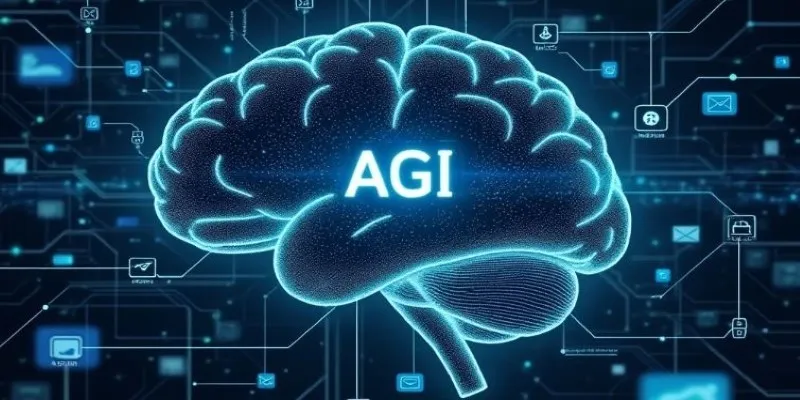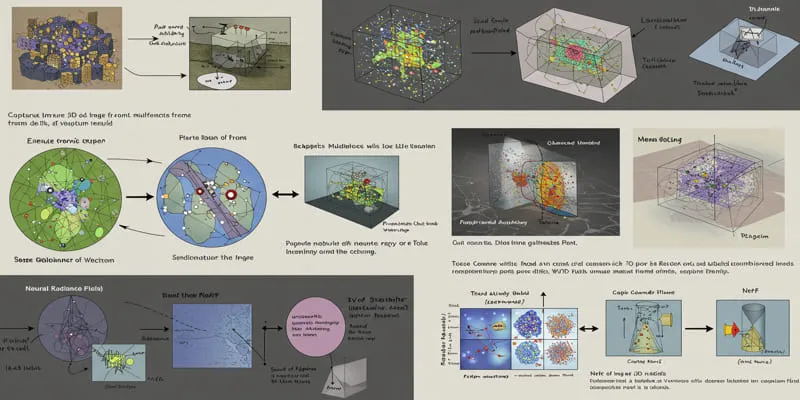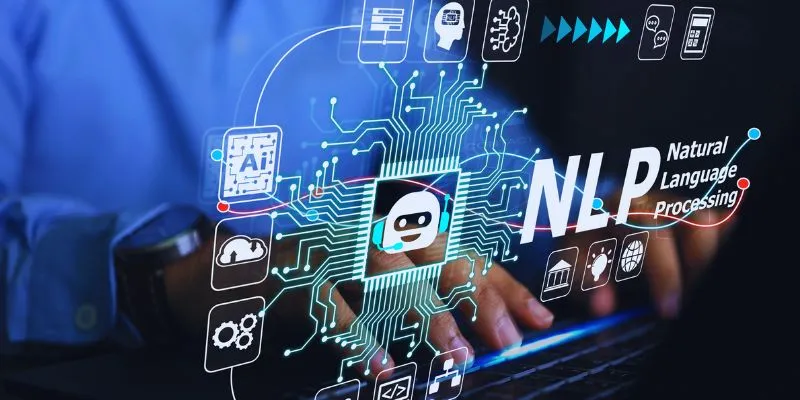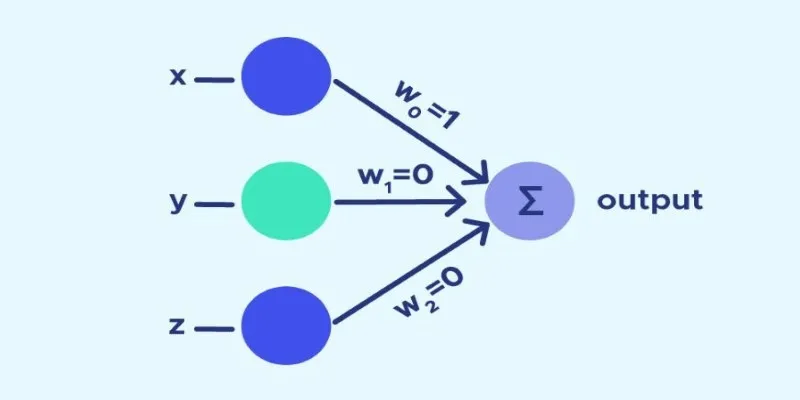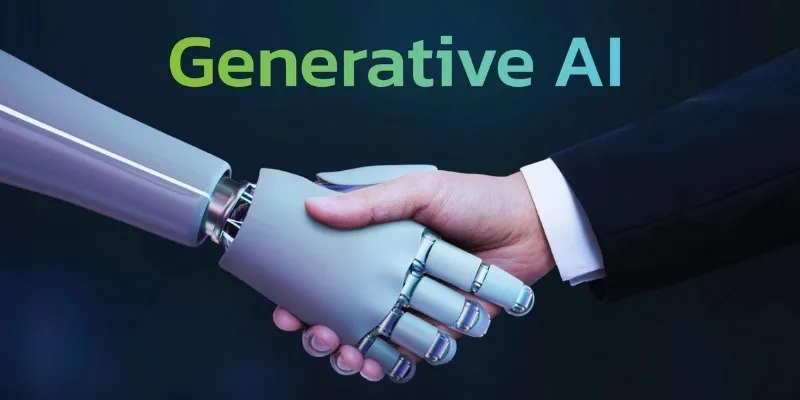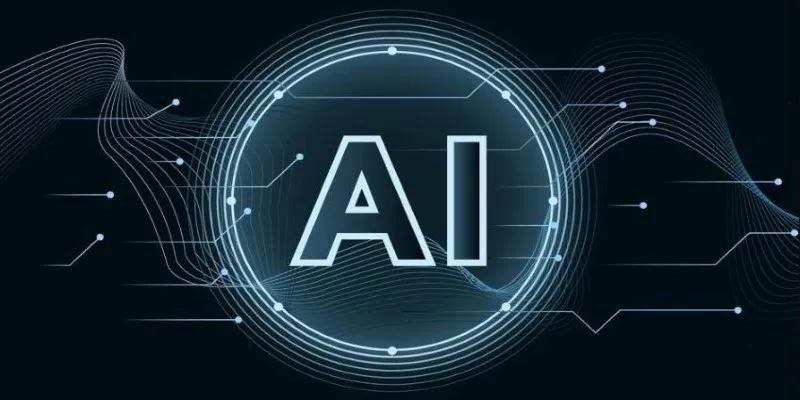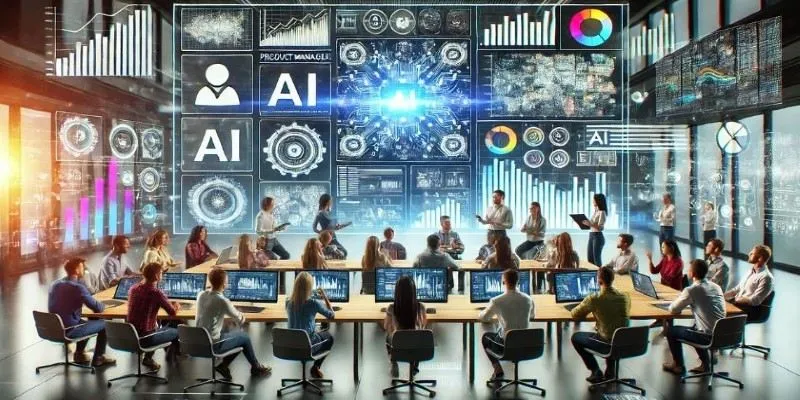Artificial intelligence (AI) is revolutionizing sectors and driving smart and effective technological development. Understanding fundamental AI concepts can help you stay ahead. Whether your computer knowledge is basic or advanced, these concepts are essential. In this guide, we succinctly describe ten critical AI concepts to accelerate your learning. Each section covers a basic concept, ensuring a comprehensive understanding.
AI is defining the future through machine learning and deep learning. Data analysis, pattern recognition, and continuous improvement over time are the hallmarks of AI systems. This guide covers computer vision and neural networks, catering to varied interests. Let’s explore these fundamental AI ideas together.
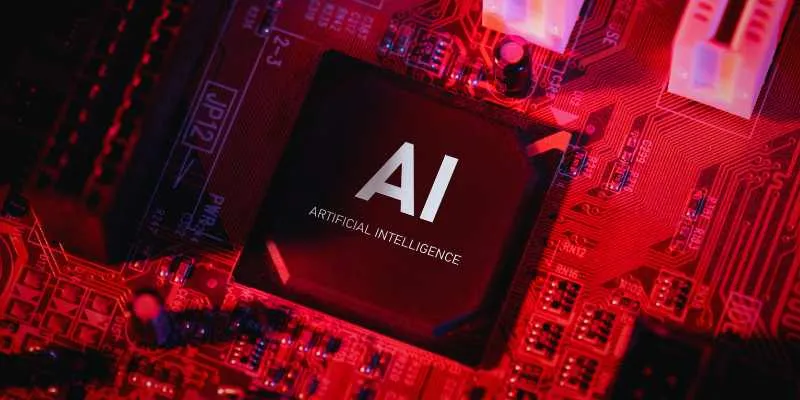
10 Critical AI Concepts Explained
Below are 10 concepts that can help you learn AI easily:
1. Machine Learning
Machine learning (ML) is a cornerstone of AI. It enables computers to learn from data and make decisions without direct programming. ML models analyze data, identify trends, and improve accuracy over time rather than following strict guidelines. There are three primary forms: supervised learning, unsupervised learning, and reinforcement learning. ML is pivotal in medical diagnosis, recommendation systems, fraud detection, and chatbots, helping businesses improve decisions and automate tasks. As ML models improve with more data, they are crucial for AI development.
2. Deep Learning
Deep learning (DL) is an advanced form of ML. It employs artificial neural networks to learn intricate patterns and handle vast volumes of data. DL models are essential for tasks like speech recognition, image processing, and self-driving cars, as they continuously evaluate data to improve. These models require robust hardware like GPUs for processing. DL finds applications in automation, medical imaging, and personalized recommendations, making AI systems more effective and intelligent.
3. Neural Networks
Neural networks (NNs) are the foundation of deep learning. Modeled after human brain function, they process information in layers. Each network has an input layer (data reception), hidden layers (information processing), and an output layer (results delivery). NNs provide accurate predictions in AI models like GPT, facial recognition software, and medical diagnosis tools. Variants include convolutional neural networks (CNNs) for image processing and recurrent neural networks (RNNs) for sequence analysis, such as text or speech. NNs are indispensable for AI-powered automation in language processing and real-time decision-making.
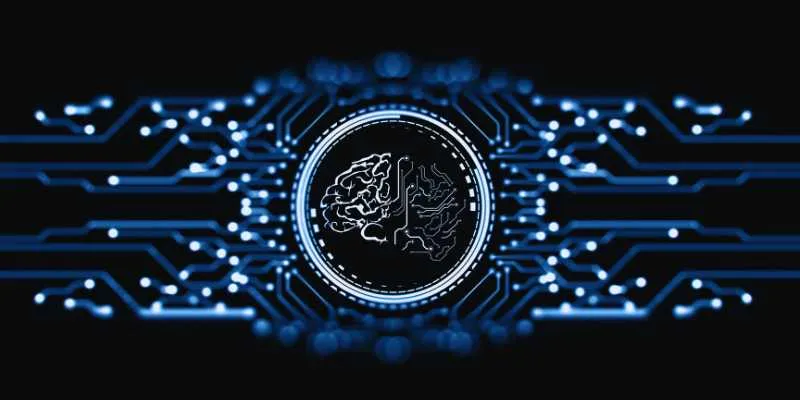
4. Natural Language Processing (NLP)
Natural Language Processing (NLP) enables AI to interact with and understand human language. It allows computers to handle text and speech, supporting chatbots, voice assistants, and translation tools. NLP employs techniques like tokenization, sentiment analysis, and speech recognition. AI uses NLP to filter spam, read and respond to emails, and generate customized search results. In businesses, NLP is applied in customer support automation, sentiment analysis, and voice commands. With advancements in deep learning, NLP models become more accurate, enhancing the natural and practical value of AI interactions.
5. Computer Vision
Computer vision (CV) enables AI to “see” and interpret images or videos. It allows machines to identify objects, recognize faces, and analyze patterns. Through deep learning, AI models process visual input, improving accuracy over time. CV is beneficial in facial recognition, autonomous vehicles, medical imaging, and security systems. Retail uses CV for inventory control, while manufacturing uses it for defect detection. For companies relying on image- based analysis, CV is crucial, as robust AI models automate complex visual tasks. AI-driven CV continues to develop, enhancing accuracy and automation across industries.
6. Artificial General Intelligence (AGI)
Artificial General Intelligence (AGI) refers to AI with human-like thinking, learning, and problem-solving capabilities. Unlike conventional AI, designed for specific tasks, AGI can adapt to various challenges without human intervention. Although still in development, researchers aim to create AI that understands concepts, makes decisions, and evolves over time. AGI could revolutionize industries by automating complex problem-solving and decision- making.
7. Reinforcement Learning
Reinforcement learning (RL) is an AI training method where robots learn through trial and error. AI interacts with its environment and receives rewards for positive actions and penalties for mistakes, optimizing actions to maximize benefits over time. RL is valuable in robotics, gaming AI, self- driving cars, and stock market predictions. AI-powered RL models enable businesses to optimize processes, automate tasks, and enhance decision-making.
8. AI Ethics
AI ethics ensure the responsible application of this technology. As AI grows, concerns about privacy, bias, and job displacement arise. Ethical AI development focuses on fairness, transparency, and accountability. AI systems should not discriminate based on gender, race, or other biases. Businesses must ensure AI models respect user privacy and make ethical decisions. Governments and companies are formulating policies to regulate AI. Ethical AI ensures technology advances civilization with minimal risk.
9. AI in Automation
AI-driven automation is transforming industries by replacing repetitive tasks with intelligent systems. AI handles customer service, data analysis, production, and logistics. AI-driven chatbots assist companies in addressing customer queries, saving time and resources. AI-powered robots reduce human effort and boost manufacturing productivity. By automatically detecting risks, AI also enhances cybersecurity. AI-powered automation enables businesses to cut costs, increase efficiency, and improve decision-making.
10. AI and Big Data
AI and big data are closely intertwined. AI systems rely on vast amounts of data to learn and make decisions. Big data provides the raw material AI needs to identify trends, predict future developments, and improve accuracy. AI- driven analytics help businesses make better marketing decisions, detect fraud, and personalize user experiences. Companies like Netflix and Amazon use AI to analyze consumer preferences and suggest content. In addition, AI and big data advance cybersecurity, finance, and healthcare through real-time analysis of complex datasets.
Conclusion:
Understanding the main ideas of AI is crucial as it transforms the world. From machine learning to big data, AI plays a significant role in modern businesses. Companies use AI to automate tasks, enhance customer experiences, and guide decision-making. AI-powered technologies, such as recommendation systems, self-driving cars, and chatbots, are reshaping daily life. Learning the fundamentals of AI will enable individuals and businesses to stay ahead as it evolves. Mastering these essential AI concepts ensures you can fully leverage AI in the coming years.
 zfn9
zfn9


